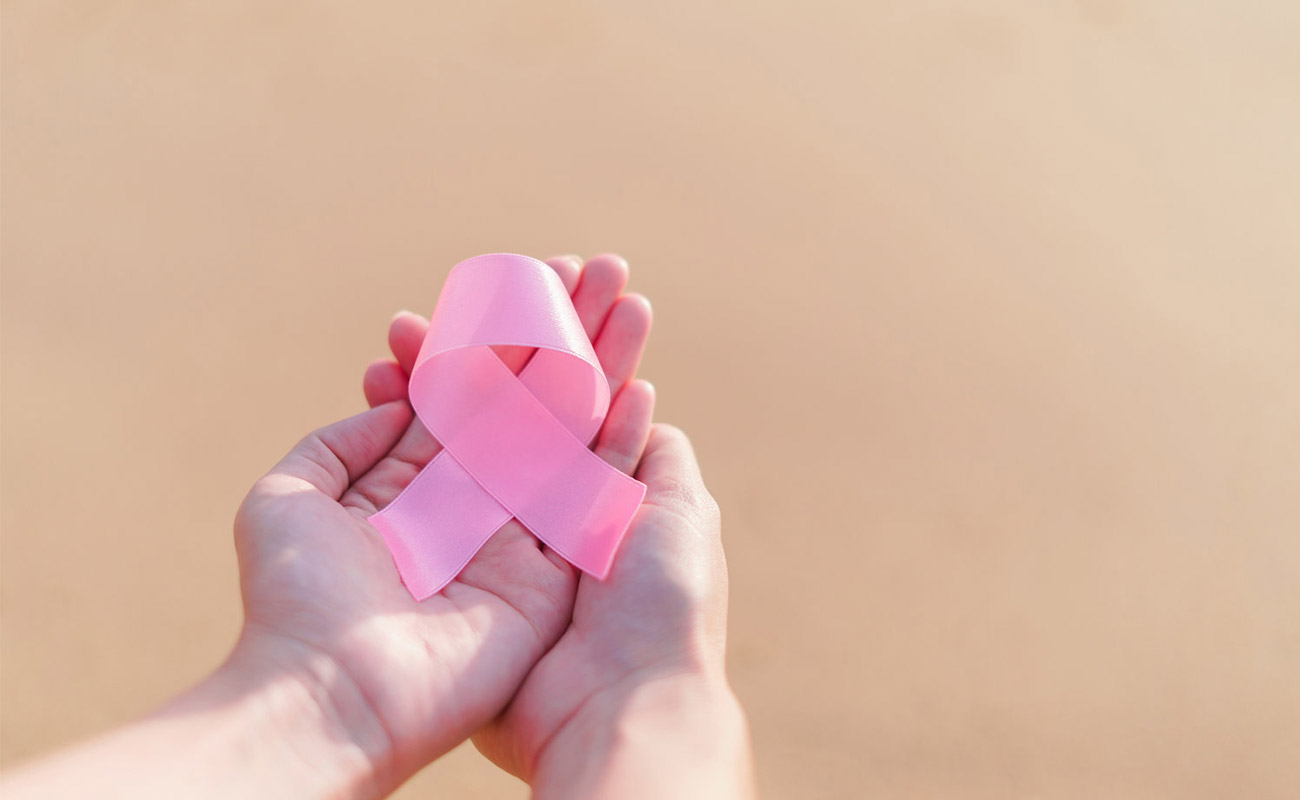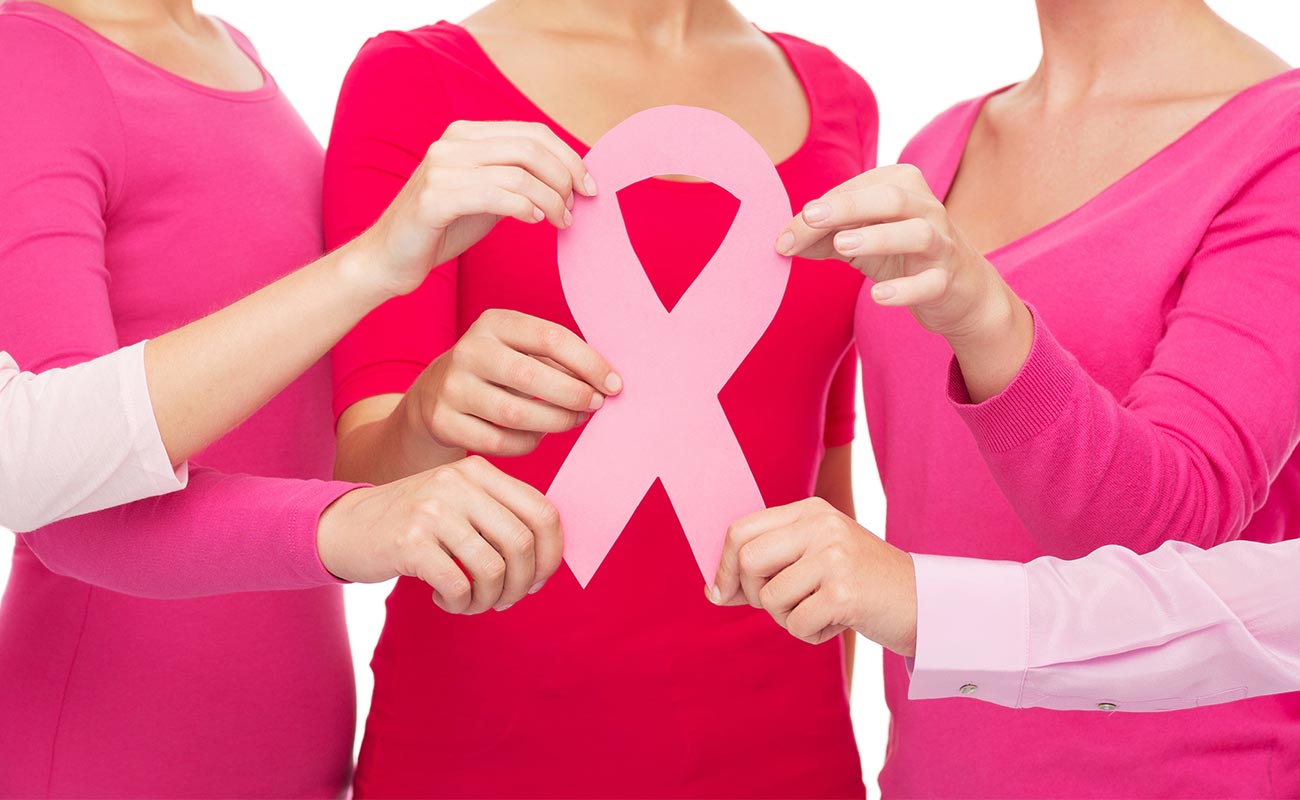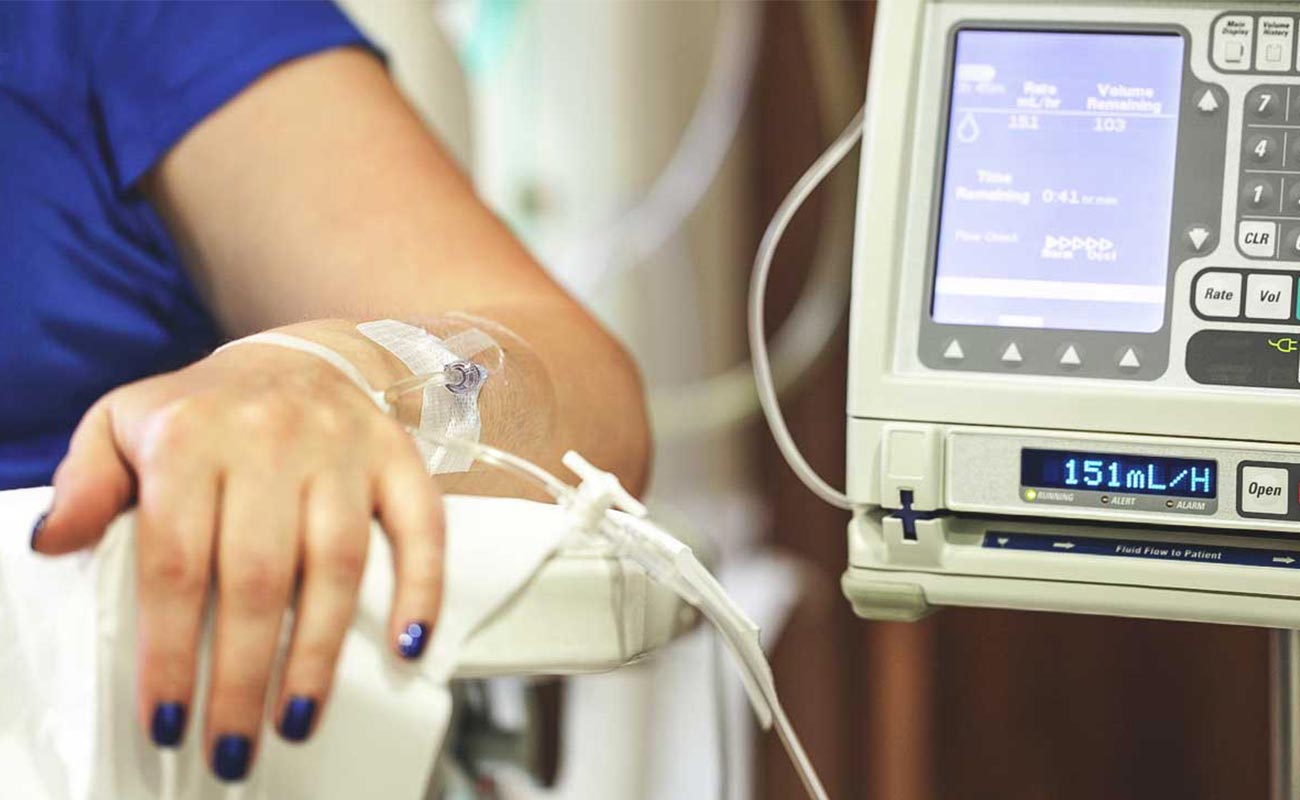Breast cancer is a kind of cancer that develops from breast cells.

Breast cancer usually starts off in the inner lining of milk ducts or the lobules that supply them with milk. A malignant tumor can spread to other parts of the body. A breast cancer that started off in the lobules is known as lobular carcinoma, while one that developed from the ducts is called ductal carcinoma.
The vast majority of breast cancer cases occur in females. This article focuses on breast cancer in women. We also have an article about male breast cancer.
Breast cancer is the most common invasive cancer in females worldwide. It accounts for 16% of all female cancers and 22.9% of invasive cancers in women. 18.2% of all cancer deaths worldwide, including both males and females, are from breast cancer.
Breast cancer rates are much higher in developed nations compared to developing ones. There are several reasons for this, with possibly life-expectancy being one of the key factors - breast cancer is more common in elderly women; women in the richest countries live much longer than those in the poorest nations. The different lifestyles and eating habits of females in rich and poor countries are also contributory factors, experts believe.
According to the National Cancer Institute, 232,340 female breast cancers and 2,240 male breast cancers are reported in the USA each year, as well as about 39,620 deaths caused by the disease.
Symptoms
Lumps or nodes felt on or inside of the breast

Symptoms more specific to invasive breast cancer are as follows:
When you’re told that you have breast cancer, it’s natural to wonder what may have caused the disease. But no one knows the exact causes of breast cancer. Doctors seldom know why one woman develops breast cancer and another doesn’t, and most women who have breast cancer will never be able to pinpoint an exact cause. What we do know is that breast cancer is always caused by damage to a cell's DNA.
Women with certain risk factors are more likely than others to develop breast cancer. A risk factor is something that may increase the chance of getting a disease. Some risk factors (such as drinking alcohol) can be avoided. But most risk factors (such as having a family history of breast cancer) can’t be avoided. Having a risk factor does not mean that a woman will get breast cancer. Many women who have risk factors never develop breast cancer.
Tests and procedures used to diagnose breast cancer include:
Some treatments remove or destroy the disease within the breast and nearby tissues, such as lymph nodes. These include:

Surgery to remove the whole breast, called a mastectomy, or to remove just the tumor and tissues around it, called a lumpectomy or breast-conserving surgery. There are different types of mastectomies and lumpectomies.
Radiation therapy, which uses high-energy waves to kill cancer cells.
Other treatments destroy or control cancer cells all over the body:
Chemotherapy uses drugs to kill cancer cells. As these powerful medicines fight the disease, they also can cause side effects, like nausea, hair loss, early menopause, hot flashes, and fatigue.
Hormone therapy uses drugs to prevent hormones, especially estrogen, from fueling the growth of breast cancer cells. Medicines include tamoxifen (Nolvadex, Soltamox) for women before and after menopause and anastrozole (Arimidex), exemestane (Aromasin), and letrozole (Femara) for postmenopausal women. Side effects can include hot flashes and vaginal dryness. Some types of this therapy work by stopping the ovaries from making hormones, either through surgery or medication.
Targeted therapy such as lapatinib (Tykerb), pertuzumab (Perjeta), and trastuzumab (Herceptin). These medicines prompt the body's immune system to destroy cancer. They target breast cancer cells that have high levels of a protein called HER2. Palbociclib (Ibrance) works by blocking a molecule that promotes cancer growth. Along with letrozole, palbociclib is for postmenopausal women with certain types of advanced cancer.
You might get chemotherapy, hormone therapy, or targeted therapy along with surgery or radiation. They can kill any cancer cells that were left behind by other treatments.
Sources: webmd, mayoclinic.org, cancercenter, nationalbreastcancer.org
Submit Comment